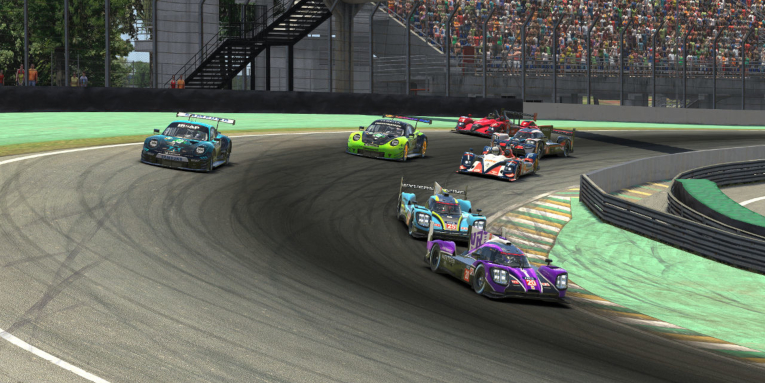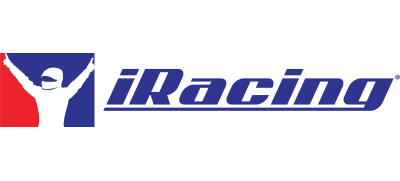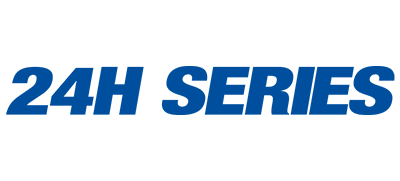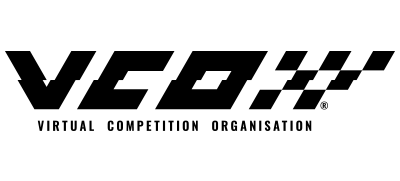The beginning of any sports or esports season brings its own set of changes that can shake up the balance, but the start of NEO Endurance Series season five was particularly disruptive.
Along with a new class and three new cars in total coming into the mix, several top teams and drivers departed the series and were replaced by some fresh faces entering the lineup for the first time. That’s not to mention existing teams who changed cars or classes last offseason.
Those ingredients combined to make it one of the most unpredictable NEO seasons ever. Of course, that didn’t stop us from trying to project how the field might shake out in each class.
Back in October, we released our pre-season previews, including picks for the favorites, others to watch, and teams with something to prove in each class. In some cases, we had years of observations about teams and drivers to go off. In others, we based our predictions largely off their performances in the two rounds of pre-qualifying, which was an accurate barometer in some cases and highly misleading in others.
Forget truth in 24; after 54 hours of racing this season, we finally got to see how those predictions panned out!
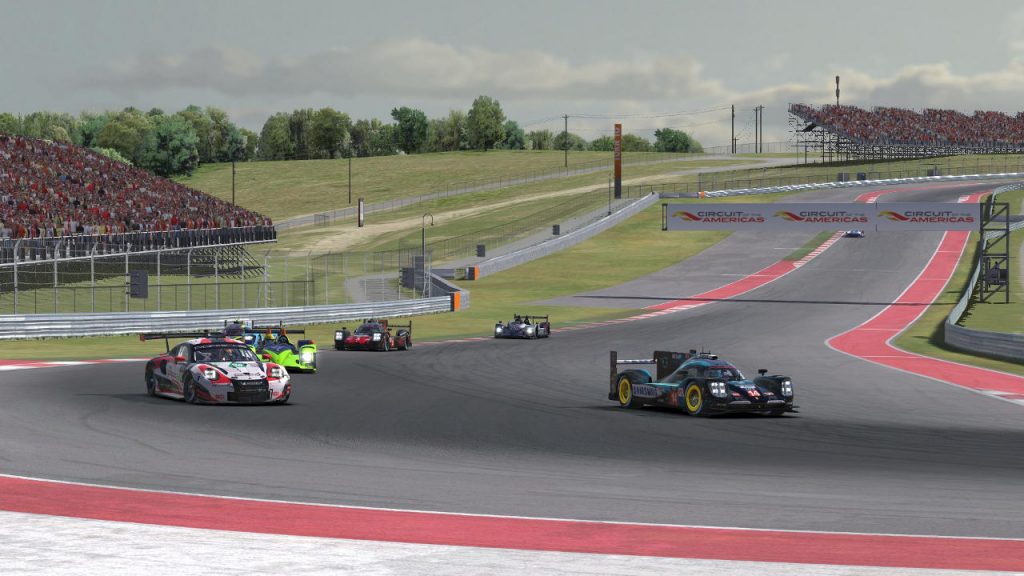
The Favorites
Let’s start with one of our best picks. Topping our list of favorites in the P1 class was Thrustmaster Mivano Racing — the “obvious candidate” to be the class champion, in our estimation. In that sense, they didn’t disappoint, with the #3 entry winning five out of six races en route to the title.
We also thought Mivano’s #4 car would be one to watch, but some bad luck throughout the season and a pace that generally wasn’t as strong as their teammates left them sixth in the final standings.
Two of our other pre-season P1 favorites, Porsche Basel by Sorg Rennsport eSports and SimRC.de, finished second and third in points, respectively. While we tapped SimRC as “a threat to win all season”, they came up just short on several occasions, including runner-up finishes at Interlagos and Le Mans.
Our final two P1 favorites didn’t have such a strong showing. Team Chimera and MSI eSports, both with veteran NEO lineups, couldn’t capitalize on that experience and replicate their strong results from past seasons, instead finishing eleventh and twelfth in the standings.
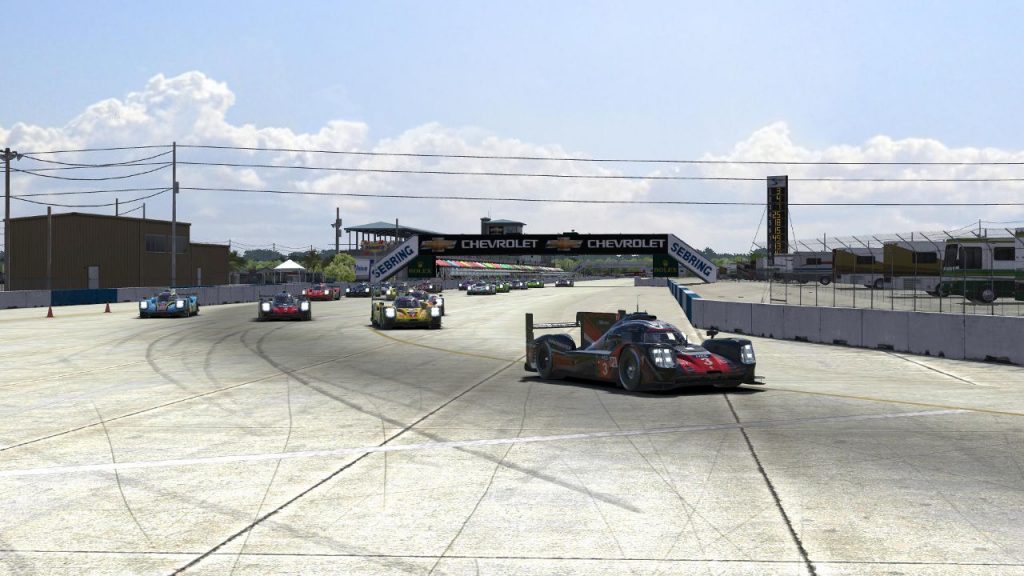
In the P2 class, we figured the season might be a free-for-all for the championship between a number of top teams. Chief among them in our mind was Race Clutch, which showed amazing pace in pre-qualifying.
However, perhaps their last-lap issues in the pre-qualifying race should have been a warning about their misfortune to come. The #57 team failed to finish the first four races, and while they had the talent to contend for the title, they instead wound up outside the top eight in points.
Two other highly competitive teams in P2 pre-qualifying were Torque Freak Racing and AVA Vervatic. We noted Torque Freak’s staying power at the front of the field and AVA’s strong pace, especially by Pascal Stix, as a factor that should help them “challenge for podium finishes and potentially race wins”.
They most certainly did that. AVA captured four wins en route to the championship and Torque Freak dominated the Le Mans finale to take second in points. We’ll count those predictions as correct, even if we may have underestimated the actual strength of both teams.
We also expected a lot out of Apex Racing Team in their long-awaited NEO return, and while they started the season with three podiums in a row, they began to freefall in the new year, dropping them to sixth in points.
Our other two favorites — TNT Racing and Team Heusinkveld — both brought veteran experience from inside and outside of NEO, which they used to good effect, finishing fourth and fifth in the class standings.
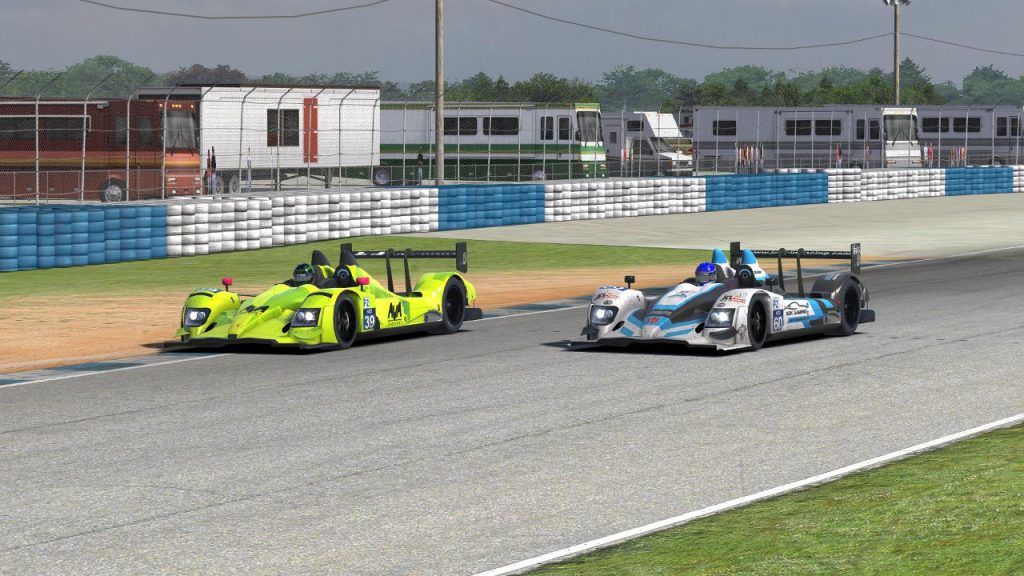
In our GT preview — complete with the embarrassingly wrong headline “Returning Teams are the Best Bets for the GT Title” — we noted it was almost impossible to pick a favorite given how competitive the field appeared to be, but our expansive list of favorites failed to capture the top four teams in the final standings!
Among our list were Team Eighty-Four and Team Eighty-Five — later rebranded as Biela Racing Team EURONICS — who had the field covered in pre-qualifying but couldn’t seem to find that pace again come Sebring. Only one of their two cars finished in the top eight in points, and just barely at that; the #85 car made the cutoff by a scant two points.
SimRC.de fared the best of our favorites, finishing fifth in points, while the two Fords from Mivano and CoRe SimRacing showed top-five and even winning speed but failed to convert it into a top-eight finish in class.
The two teams from Williams JIM Esports seemed set for success in the Ferrari, but despite their strong runs at Le Mans, a slow start to the season ultimately cost both of their teams a high points finish.
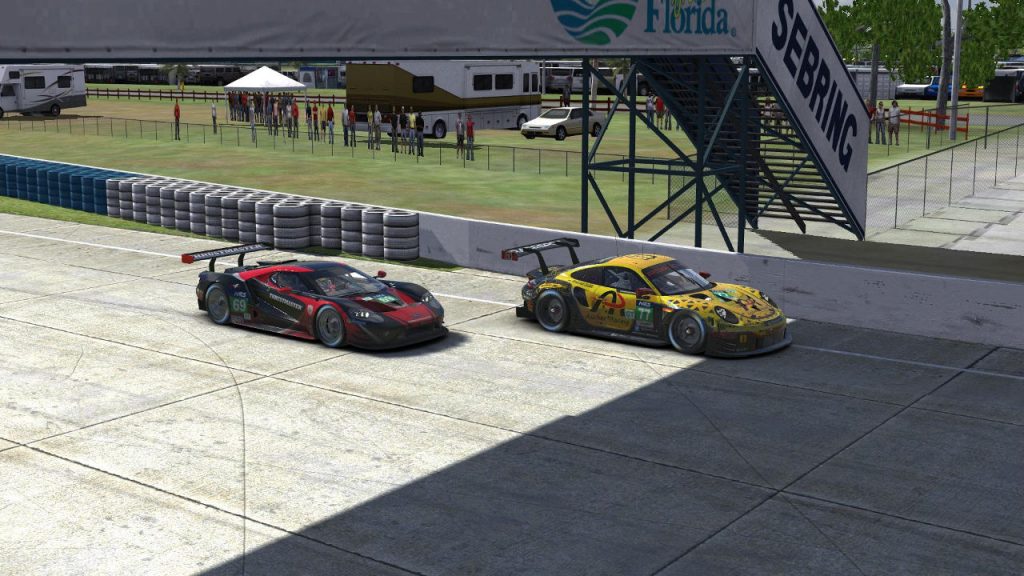
Others to Watch
In some cases, we expected this second set of teams to comprise the midfield in each class. In others, we just didn’t have enough information about them to name them as favorites.
Nowhere was that truer than in the GT class. We noted that Logitech G Altus Esports had strong pre-qualifying pace and a talented lineup, but their late tow in the pre-qualifying race left some doubts in our minds about their ability to succeed in an endurance setting.
While they did have a few bumps along the way this season, their pace far outweighed their problems. Among their four wins, Altus impressed with come-from-behind victories at COTA and Le Mans, the latter of which was enough to land them the championship.
In pre-qualifying, we had our eyes on MSI eSports after their race-long battle for seventh place. Little did we know that their pace would improve dramatically as the season went on, and they became bona fide championship contenders with a string of five podiums in a row. We’ll call this prediction a miss because MSI was clearly more than another team to watch; they were a favorite.
We also included the third- and fourth-place teams in points among our others to watch. Despite an incident in pre-qualifying that cost them a top-five position, Redface Racing showed strong pace and potential beginning in the preseason. We also noted that TRITON Racing would “expect to contend” in the GT class, and they certainly did in second-place runs at Sebring and COTA.
Among teams hopeful of emerging from the midfield as potential contenders, we liked ZENNITH eSport, Torrent Motorsports and Euphoria Drivex Racing. Each team showed consistent top-ten pace, including Euphoria’s second-place qualifying run at Spa, but didn’t have the finishes to show for it, leaving all three outside the top eight in points.
Finally, our biggest miss among the other GT teams to watch was Odox Motorsport. Loaded with high-iRating talent, Odox scored points in just one race all season.
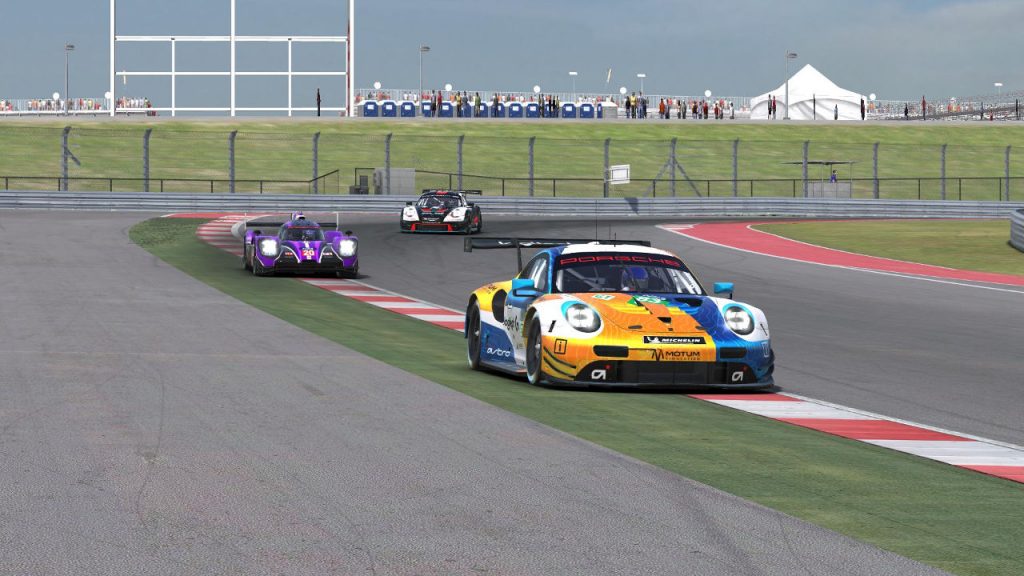
A similar story could be told of Odox’s P1 team, which was also among our others to watch in that class. After a top-five finish at Sebring, they were hamstrung by penalties and other incidents, including an early exit at Le Mans.
We were also keen on SimatoK eSport after their fifth-place result in the pre-qualifying race. We expected them to finish well “if they keep their nose clean”, and while they finished every race, their pace against the full P1 grid narrowly kept them out of the top eight in the final standings.
Our P1 predictions included two other high-finishing teams from pre-qualifying whose seasons followed very different paths. AVA Vervatic couldn’t seem to reach the finish line in races, and they finished next-to-last in points. Meanwhile, Wyvern Racing didn’t have the cleanest races — their starting-line incident at Le Mans epitomized that — but they persevered and came away fifth in the standings.
Similar early contact in pre-qualifying cost UI1-Positive SimRacing a strong result in that race, but they still had two teams entered this season and at least got one of them in the top eight in points thanks to a joint effort at Le Mans.
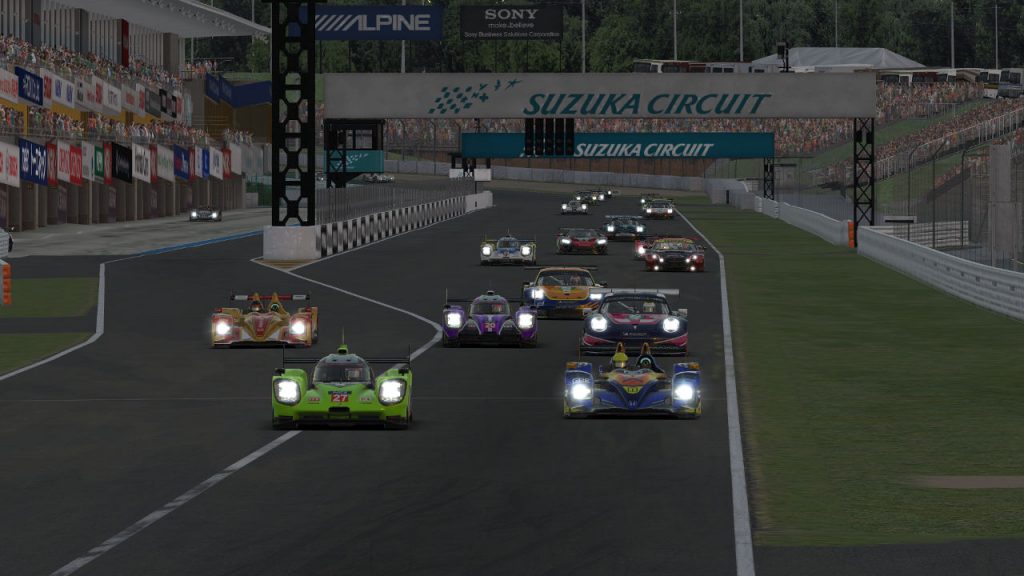
One of the strengths of this season’s P2 class was the competitive mid-field, and our teams to watch included much of this chunk of the HPD grid. That included Positive SimRacing’s #45 team, which got stronger as the season went on and finished seventh in the final standings.
The World of SimRacing Team also showed improved performance throughout the season. Our preview noted that “a solid goal for them would be replicating their fourth-place effort in the first round of pre-qualifying”. In the end, they came up just short of that, finishing in sixth place at Interlagos and Spa.
Although Schubert Motorsport didn’t have the overall finish they would have hoped for, they still provided one of the feel-good stories of the season, with the brothers Fricke setting up their car perfectly to handle NEO’s first-ever day-to-night transition at Interlagos and surprising the field to earn the win.
Just behind Schubert in the final standings was twelfth-place SRN Motorsports, whose first endeavor into NEO’s prototype class presented some challenges that made it tough for them to ascend through the mid-field and contend for high finishes.
Among our P2 others to watch, we had two major misses. Fresh off a DGFX Racing League championship, we expected big things out of the LuxSim24 MOATF Podcast team, but it proved to be a season of frustration in their NEO debut, leaving them fourteenth in points.
We downplayed the chances of IRDK Endurance after finishing eleventh in season four, but they consistently impressed within the class, and a podium at Le Mans capped their run to third in the standings.
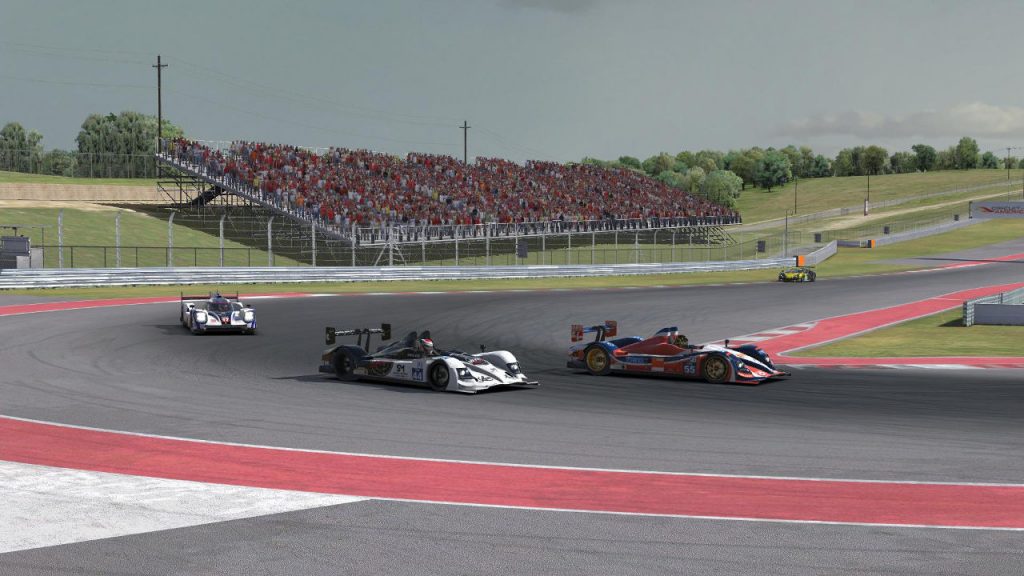
Something to Prove
As we noted in one of our previews, teams in this list weren’t necessarily expected to be bottom-feeders, but rather wildcards who hoped to impress more often than they struggled.
For two of those teams in the P2 class, we expected they might rise or fall based on the performance of their team leaders, and they ended up tied in the final standings. However, contrary to our expectations, their seasons came down to more than just how their lead drivers ran.
Inertia SimRacing had a team of Finns at the ready, and along with pre-qualifying star Ossian Puhakka, his teammates including Joonas Vastamäki and Ilkka Kattilakoski helped keep the car in contention for a top-eight finish, ultimately missing out on a tiebreaker.
They were bested by Team MAD, who certainly benefited from Diogo Melro’s strong pace, but also needed the speed and endurance of David Baker, Pete Harrod, and Chris Wood to survive 24 hours of tension at Le Mans and capture an automatic invitation to season six.
Another P2 team with something to prove did exactly that at Le Mans. RacingCenter Vib3sports rose from relative obscurity all season to an impressive seventh-place finish, and as our pre-season prediction noted, they did it with speed from team pace-setter Steven Freiburghaus as well as Philip Eckert and Louis Klinkhammer.
For two other P2 teams, their shining moment may have to wait until another season. Like we feared, the Roadbasterds struggled to shake off the rust of several seasons away from NEO, leaving them last in the class standings. And for iRacing Today Motorsports, they knew their first foray into NEO would be the toughest competition they’d ever faced, but by finishing every race, they’ve laid the foundation to build on going forward.
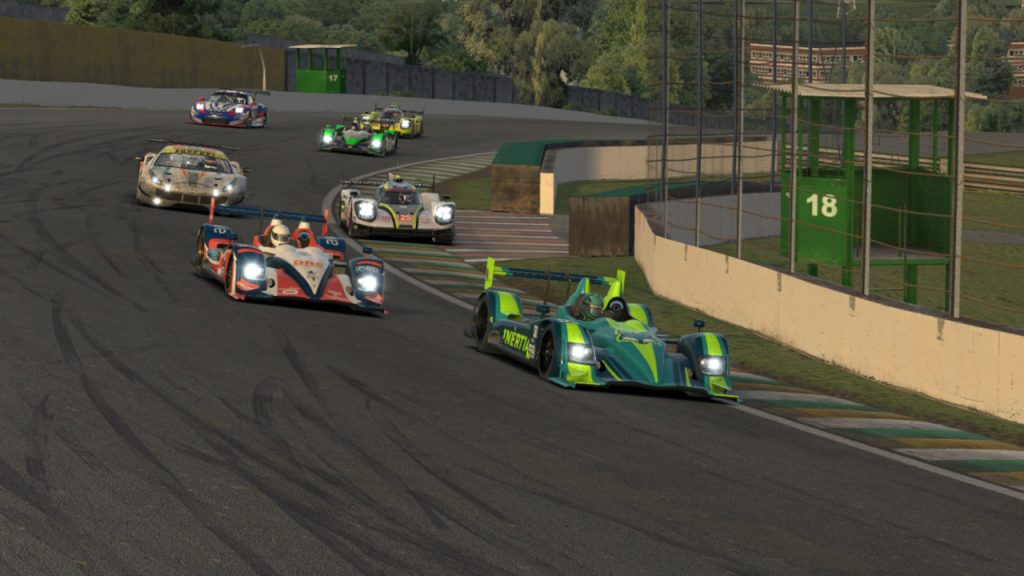
Our GT teams with something to prove also featured a mixture of veterans and rookies. Torque Freak has been part of every NEO season in the GT class, but this was likely their toughest one yet, as they couldn’t translate top-ten qualifying runs into equally strong finishes.
Last year, SRN’s GT team nipped Torque Freak for the final automatic invitation to season five. They also came out on top of their rivals from across the pond this year and moved up one spot to eleventh in points, although this time, that wasn’t enough to qualify them for next season.
Team Buschfink Racing is no stranger to big iRacing endurance events, but NEO proved to be a tough test, putting them at the bottom of the class standings.
As we noted in our preview, two new teams to NEO were “hoping to spring some surprises” with their talented lineups. S2V Racing indeed impressed, finishing sixth in points. Sorg’s GT entry also showed signs of speed but didn’t have enough strong finishes, leaving them fourteenth.
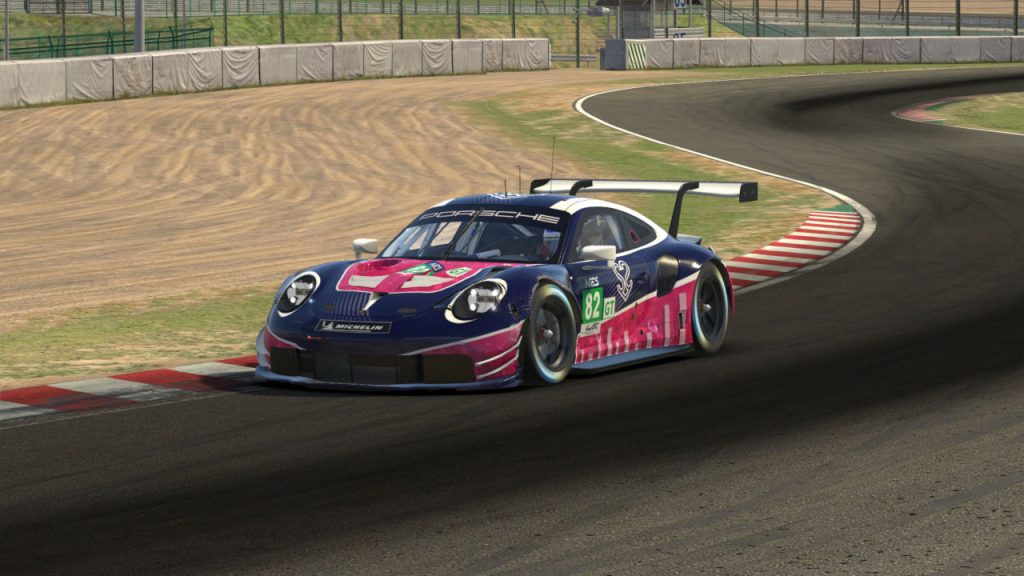
Finally, perhaps our biggest miss of all this season came in the P1 class. After an eighth-place run in the pre-qualifying race, we didn’t have high hopes for Race Clutch, but their win at Spa proved our predictions — and all of their doubters — to be absolutely wrong.
A few P1 teams struggled for pace in pre-qualifying and we expected an uphill battle for them throughout the season. That was largely true for Torrent Motorsports and F4H Motorsports, who never seemed to fully come to grips with the Porsche 919 Hybrid.
VRTeRacing finished near the back in pre-qualifying but did show marked improvement — including a fifth-place result at Le Mans — as the season went on. They were aided by the mid-season additions of drivers such as Jason DeVriese, Dylan Ian Mann, and Dylan B Scrivens.
Perhaps the team with more to prove than anyone in the class — or even the entire NEO field — was the veteran team who challenged themselves by going it alone in the Audi. Virtual Motorsport was seemingly at a disadvantage all season due to their choice of car, but their endurance abilities paid off with an unlikely eighth-place finish in class.
They say first impressions leave a lasting impact. In some cases this season, that was true, as a few teams failed to find the pace from the start of pre-qualifying to the checkered flag at Le Mans.
For others, though, they managed to overcome early setbacks, unfortunate incidents, or their NEO inexperience to spring a surprise and turn some heads — and our predictions — around by 180 degrees.
Related posts
Latest news
Race Replay: 6H SPA
BMW Team BS+TURNER win 12H BARCELONA
Race Replay: 12H Barcelona
- iRacing Staff Member Profile: Senior Creative and Graphics Manager Larry Fulcher
- FIA SIMAGIC F4 eSports Regional Tour Week 6 report: Rubilar extends lead, Ladic and Dunne take over in respective regions
- THIS WEEK: Skip Barber Formula iRacing Series Hot Lap Qualifier at VIR Grand
- This Week in iRacing: July 23-29, 2024
- ExoCross Storms Onto PC and Console Platforms

